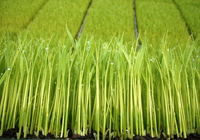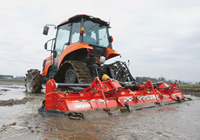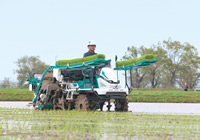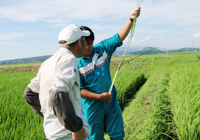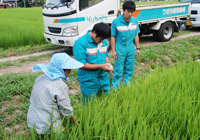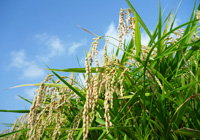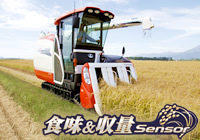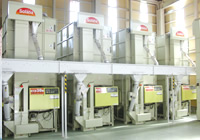The Production of Delicious Rice
Here we introduce the necessary process to deliver delicious Japanese rice to your table.
|
||||||||
|
||||||
|
||||||||
Kubota Rice Industry Supply System
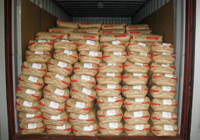 |
TransportationKubota Rice Industry (HAWAII) transports the rice from Japan to Hawaii in brown rice state, which is the most suitable for maintaining its freshness. This differs from the rice that is generally sold in Hawaii. |
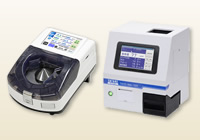 |
Inspection and Taste Value AnalysisAcceptance inspections are performed on the imported rice using the radiation measuring equipment and various other inspection devices possessed by Kubota Rice Industry (HAWAII). |
 |
Cold StorageWe store the rice at the optimal temperature and humidity in a dedicated rice storage installed within the company. |
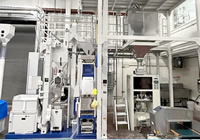 |
Rice MillingKubota Rice Industry (HAWAII) has a rice milling machine for commercial use, so it is possible to produce genuine milled rice at a level equivalent to or even higher than those eaten in Japan. |
 |
ShippingThe milled rice is placed in original Kubota Rice Industry (HAWAII) rice bags and then shipped. |
Delivery to Customer
After all these long journeys, finally delicious Japanese rice is delivered to the customers.
The Japanese rice has been produced with a great deal of time and care, so please refer to “How to Eat Rice Deliciously”to enjoy it in the best possible state.
